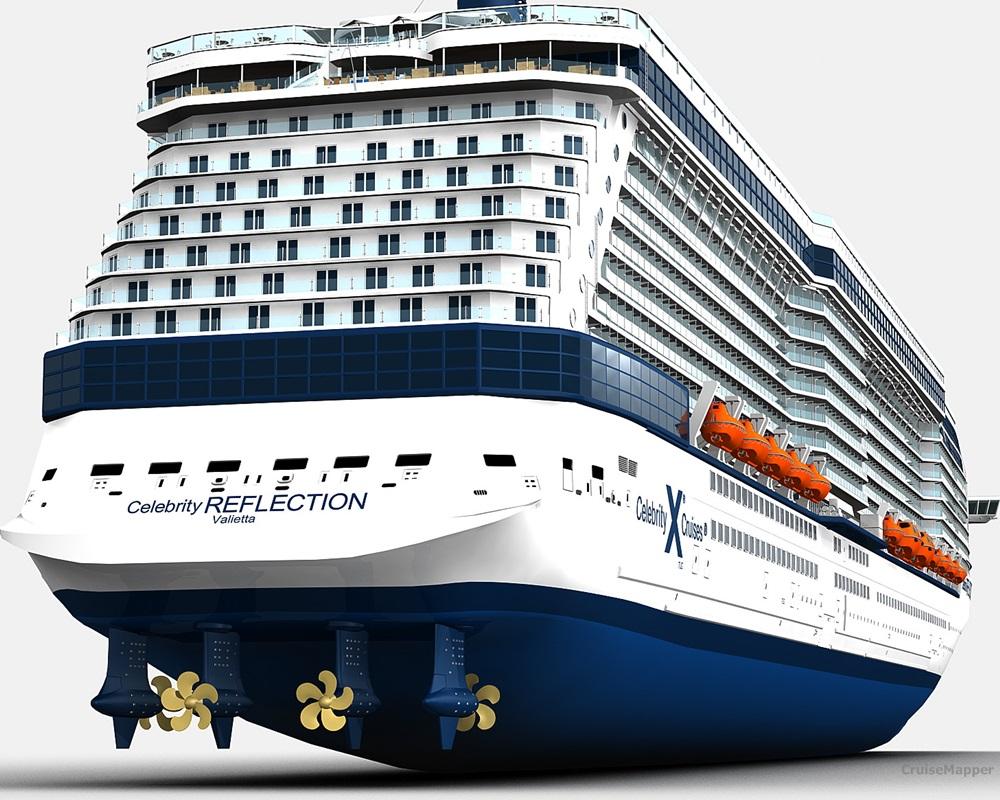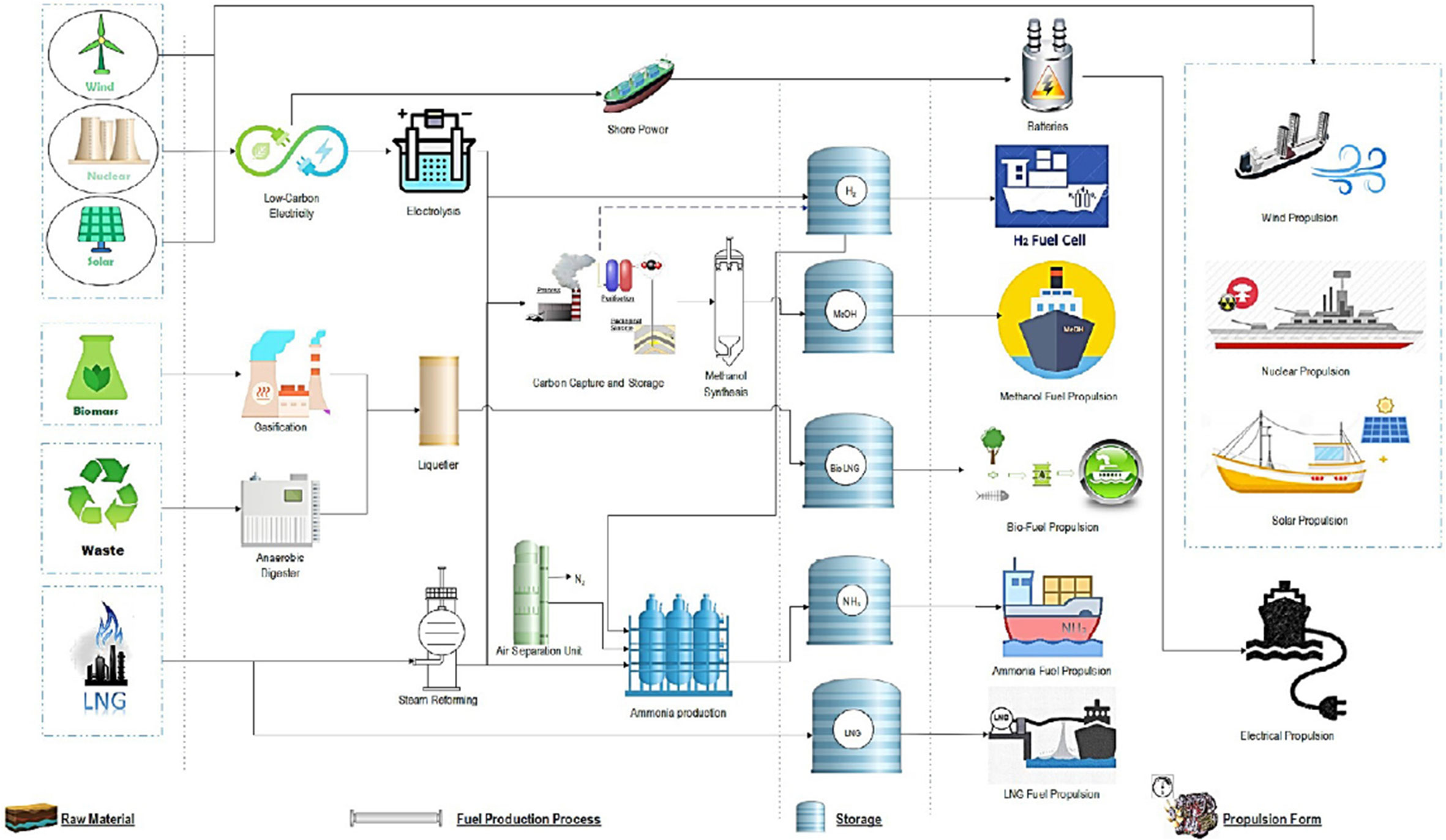Table Of Content

Additionally, it guarantees that the vessel complies with local emission standards. ABB also supplies the power generation, distribution systems, bow thrusters, and of course, the 2 x 20,500 kW propulsion Azipod XO units (at the photo at right), transformers and drives. The above photo shows Oasis-class ship propulsion Azipods (2 units) before being mounted onto the hull. The service tanks provide a direct inlet to the propulsion engine or generator engine.

Cruise Ship Collides With Dock at Turkish Port
Meanwhile, sailing on the coastal edges mostly uses eco or low-speed movement. This means a balance of speed variation limits the excessive burning of fuel. It also makes sure the vessel complies with the emission regulations within the region.
Rolls-Royce cruise ship propulsion system "Promas Lite"
Manufacturers like MAN B&W, Sulzer, Mitsubishi, etc. include these curves within their manuals. The calculations are stable because the cruise ships maintain consistent patterns of sailing without load variation. With a combined crew and passenger count of roughly 1,200 and a total tonnage of 28,388, Fred Olsen’s agile, sleek Boudicca is on the smaller side of things. Boudicca uses less fuel than the majority of liners currently crisscrossing the world’s oceans, traveling at an average speed of 18.5 knots and reaching a top speed of 22 knots. Now, let’s consider the factors affecting how much fuel a cruise ship can hold. The cylindrical rotor sail has a height of 24 m (79 ft) and a diameter of 4 m (13 ft).
Freedom Of The Seas
Can Cruising Really Become More Eco-Friendly? - AFAR Media
Can Cruising Really Become More Eco-Friendly?.
Posted: Wed, 13 Sep 2023 07:00:00 GMT [source]
Cruise ships are equipped with numerous lights throughout the vessel, including cabins, public spaces, theaters, and restaurants. Traditional lighting systems, such as incandescent bulbs, consume a significant amount of energy. However, cruise lines are increasingly transitioning to energy-efficient LED lighting, which consumes less power and has a longer lifespan. This switch not only reduces energy consumption but also minimizes the need for frequent bulb replacements. Itineraries that involve longer distances or require the ship to navigate against strong currents can increase fuel usage. Alternatively, routes that take advantage of favorable currents or strategic sailings can help conserve fuel.
What alternative fuel do cruise ships use?
It powers the air conditioning systems, lights and all other appliances aboard the ship. HFO (heavy fuel oil) is used by diesel engines, while MGO (marine gas oil) is used by gas turbine engines. The fuel consumption of a cruise ship is measured in terms of “gallons per nautical mile” (g/nm). This metric provides an indication of the ship’s fuel efficiency and can vary depending on the ship’s design, technology, and operational factors.
Subscribe to Marine Insight Daily Newsletter
The LNG is stored at temperatures -160 Celsius (-256 Fahrenheit) and under pressure 4-6 bars. For the project was contracted Rolls-Royce Marine, initially for 6 ships plus optional another 3. The project also includes all vessels to be upgraded with shore power capabilities. The LNG cruise ship concept was first introduced by Wartsila (Finnish manufacturing company) and is based on drive shaft propulsion instead of azipods. The LNG tanks' location is in the upper deck area (right below the funnels). Rolls Royce is the manufacturer of the world's largest GAS marine turbine "Rolls-Royce MT30".
Engine and Design
Operational practices are being optimized to reduce gas consumption, waste heat recovery systems are being implemented, and research and innovation are driving sustainable solutions. Collaboration within the industry and with external stakeholders is also leading to industry-wide standards and initiatives. By embracing these initiatives and continuously investing in sustainable practices, the cruise industry strives to balance passenger satisfaction with environmental stewardship. The goal is to provide unforgettable cruising experiences while minimizing the ecological impact and promoting a more sustainable future for ocean travel. There are no gas stations at sea, so cruise ships need to refuel at the port.
Cruise lines are investing in environmentally friendly operations due to regulatory authorities enforcing higher limits on emissions and trash disposal. Cruise lines strive to provide an extraordinary experience with all the luxuries and entertainments onboard, while also keeping an eye on fuel efficiency. The size of the ship is a key factor in this balancing act, as it directly impacts not only the fuel consumption but also the overall environmental footprint of the cruise experience. It’s important to note that while these factors influence fuel consumption, cruise lines are actively exploring ways to mitigate their impact. Environmental regulations and industry initiatives are driving the adoption of cleaner and more sustainable practices, encouraging cruise operators to improve fuel efficiency and reduce carbon emissions. Cruise ships emit greenhouse gases and air pollutants, contributing to climate change and air pollution.
This includes exploring technologies to improve fuel efficiency, adopting cleaner fuels, and implementing operational practices that promote sustainability. By considering these factors and implementing fuel-saving measures, cruise ships can reduce their gas consumption and minimize their environmental footprint. From optimizing routes to improving engine efficiency and utilizing alternative fuels, the industry is taking steps towards a more sustainable future for cruise ship travel. The environmental impact of fuel consumption on cruise ships is a topic of growing concern in today’s world. As these massive vessels traverse the oceans, they emit pollutants into the air and water, causing harm to the delicate ecosystems they pass through.
All ships rely on propellers/screws to be pushed through the water, providing forward and reverse motion. Airplanes, for example, require tremendous propeller speeds to provide the forward motion, but ship propellers don't need to turn so fast and rely on torque power. Therefore, ships travel slowly and rarely top 30 knots (for more info follow our speed-link above). It also means a large amount of energy is important to maintain these speed and power requirements. Hence, the fuel consumption almost quadruples itself than a standard bulk vessel.
According to rumors, they typically consume 28,000 gallons of fuel per hour, which is significantly more than other ships of a similar size. Their cutting-edge propulsion systems offer an overall fuel savings of 10 to 15 percent. Despite being the smallest ship in the Norwegian fleet, this 76,000-ton, the 878-foot-long vessel has the capacity to transport 1,150 metric tonnes of fuel, or 354,144 gallons. Her small size and average speed of 24 knots consume 1,100 gallons of fuel per hour, which makes her very fuel-efficient. She can stay at sea for an average of 12 days before needing to return to port for fuel. All new TUI ships are built to the latest standards with environmentally-friendly marine technologies.
Larger ships usually have economies of scale, meaning they need less fuel to move a given amount of cargo or passengers. However, larger vessels do come with higher operating and starting expenditures. Furthermore, because of their enormous capacity, mega cruise ships, although efficient in fuel use per passenger, add considerably to the total amount of petroleum used.
ABB's Octopus marine technology allows real-time monitoring of the vessel's energy (and fuel) consumption. Based on the collected data, the software suggests optimal performance recommendations. In 2020, IMO (International Maritime Organization) implements its global 0,5% sulfur cap on marine fuels. Each fuel option is based on vessel type and age, routes/itineraries and powerplant. World's largest seaports plus numerous smaller ports already have installed shoreside power capabilities providing shore-to-ship power supply to berthed vessels.
However, in a world full of environmental crises, it helps to consider fuel consumption in other areas of our lives. For these ships to receive regular updates, it’s crucial to keep track of the fuel levels in all tanks. Every tank must have mandatory remote gauges because of the hectic nature of the job and safety concerns.
No comments:
Post a Comment